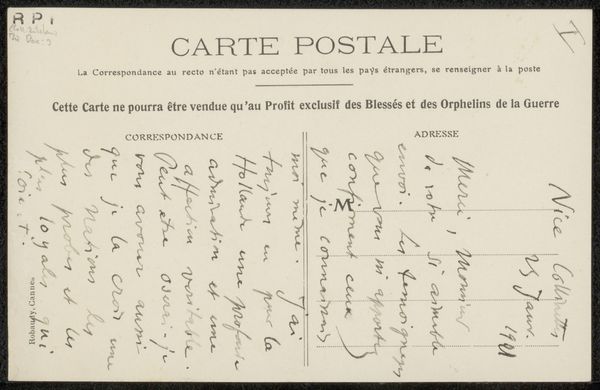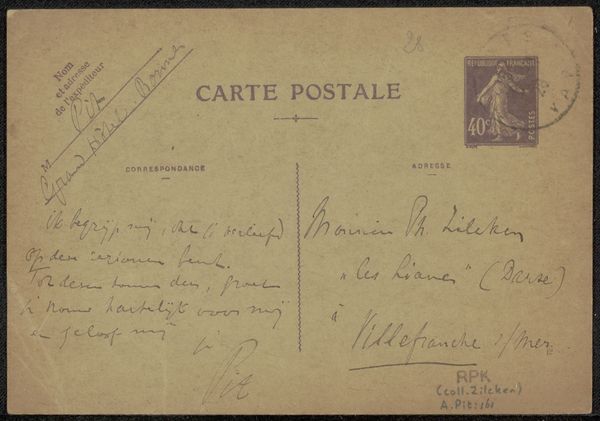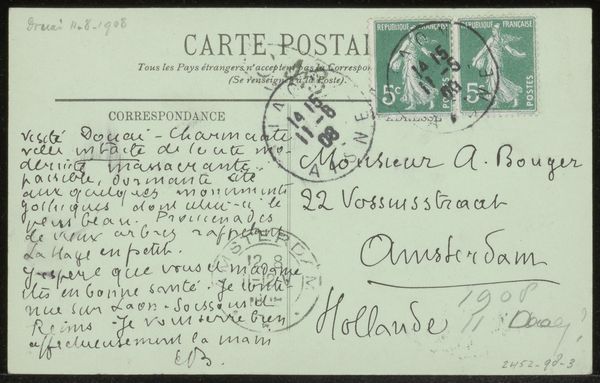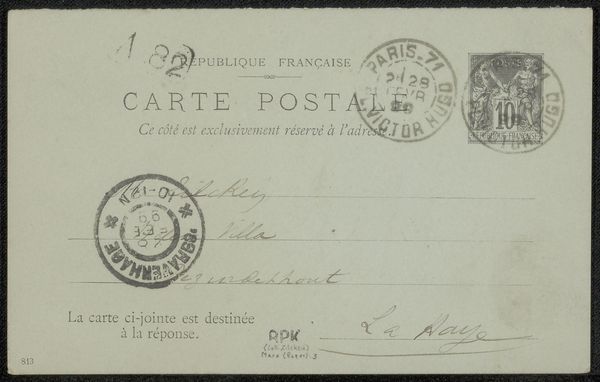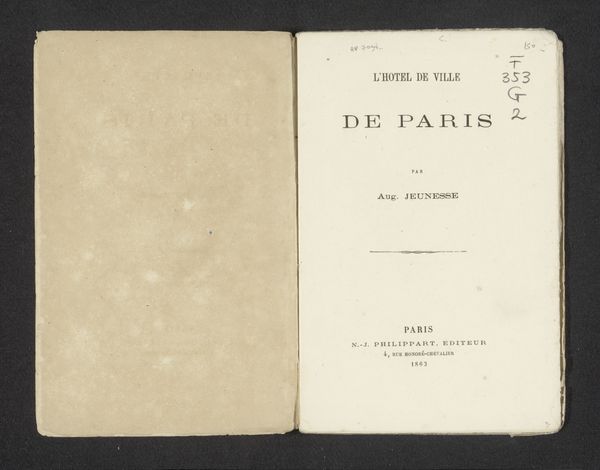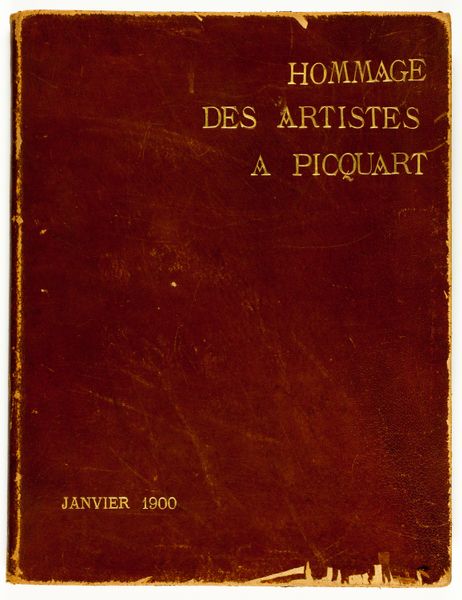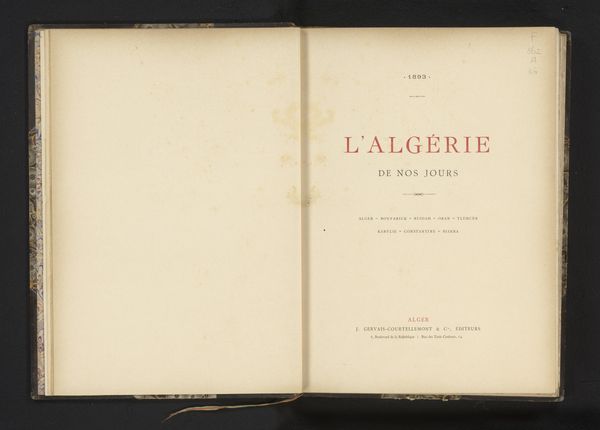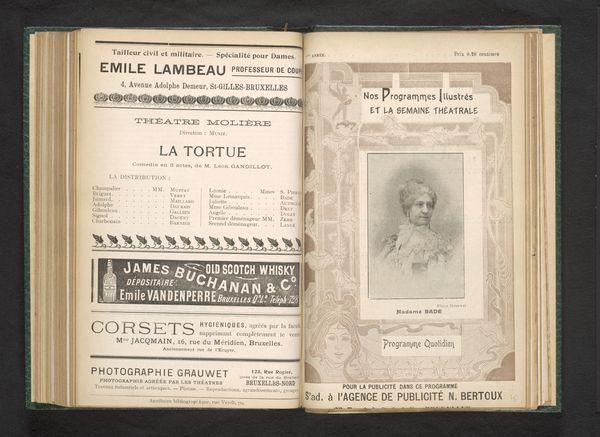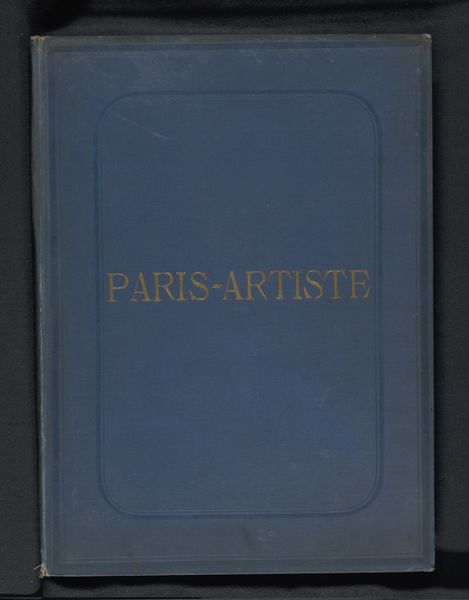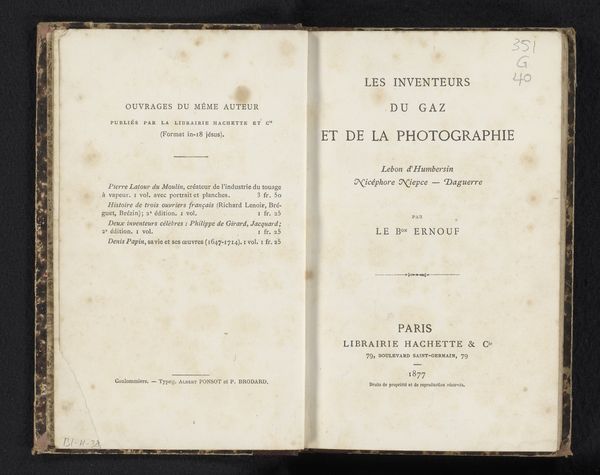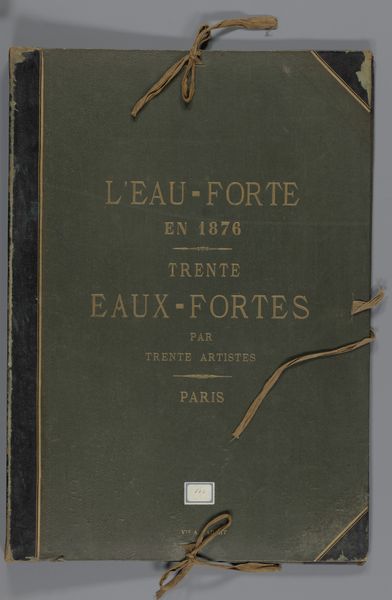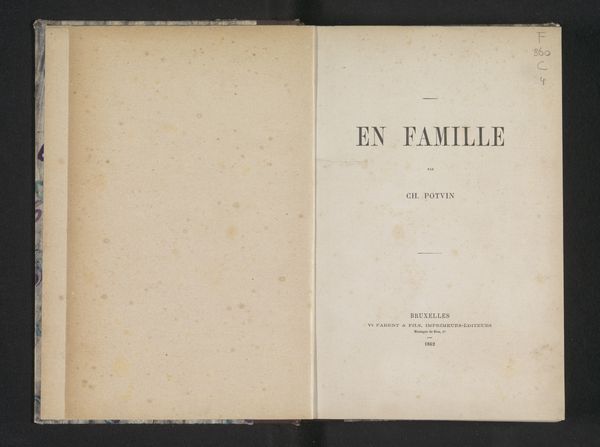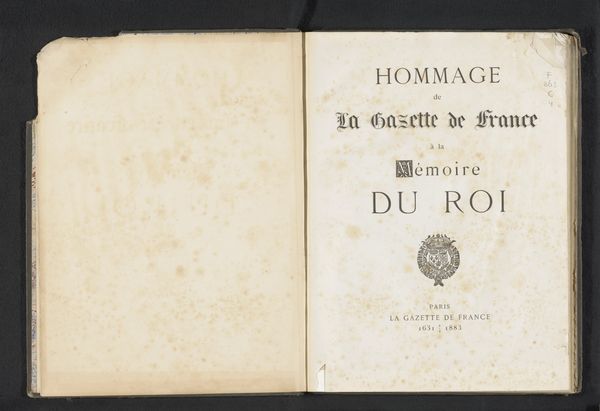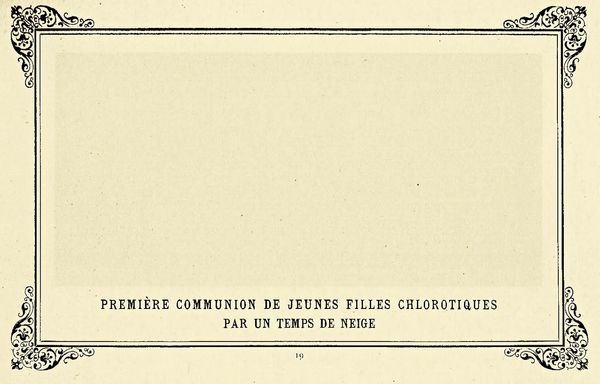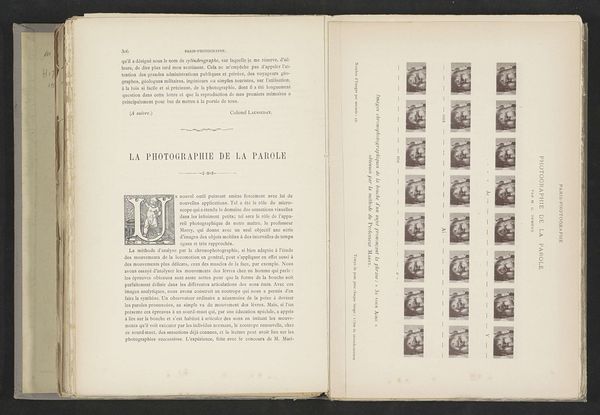
graphic-art, print, poster
#
graphic-art
#
art-nouveau
# print
#
poster
Dimensions: height 98 mm, width 153 mm
Copyright: Rijks Museum: Open Domain
Curator: The artwork we're looking at is an envelope for a series of postcards about the First World War, dating from 1915. Editor: It looks unassuming, almost bland, yet the title hits with a crushing weight – “Grande Guerre.” You see the effects of age and wear. Curator: Precisely, that is what gets me. The design adheres to the aesthetics of Art Nouveau, with clean lines and elegant typography, masking, or attempting to, the brutal realities of the conflict, doesn’t it? How are we to understand this aesthetic choice? It reflects the tensions within society, between celebrating beauty and dealing with trauma. Editor: Indeed, but look at the actual envelope: it’s a flimsy container for images that were distributed as inexpensive commercial items and perhaps intended as a mass comfort, like, propaganda that reached everyday individuals at home and on the frontlines. You could mass-produce and quickly spread that content using print methods. Curator: Good point! And these postcards… They served as a form of communication and memory for those affected by war. They would circulate images from the front back home to remind their society of a national ethos. I’m particularly curious as to which narratives they promoted, especially considering the limited perspectives of the time on race, gender, and class. Editor: We have here a means of disseminating an idealized version of war, though a product in the culture industry nonetheless, an almost fragile object now revealing profound information concerning materiality and purpose when closely considered. How many postcards could this envelope realistically hold? Curator: It invites a deeper exploration of how we manufacture narratives through visuals during crises and what impact it had. As it continues to endure to this day, is it able to affect contemporary thought? Editor: Precisely. It demonstrates how objects initially made for ordinary use are eventually used in a wider, much deeper, sense. Curator: Looking at this envelope, I am more conscious than ever of how constructed history and collective memory can be. Editor: As for me, it provides us the tangible components that aided it in traveling across time.
Comments
No comments
Be the first to comment and join the conversation on the ultimate creative platform.
